Time to bridge the gap? Design Industry and Education.
The gap between design education and industry is a subject that regularly comes up in the office here at Blueprint Product Design. We have numerous applications come through every week asking for design jobs from graduates. You may think this is great, and so did we, until we realized the quality of the student graduates. Many applications arrive with no attached portfolio, many CVs are of poor quality and the most shocking of all…. Many graduates cannot even draw!
SO, this got us all thinking. How has this happened and is it ever going to get any better? After a short period of brainstorming, it quickly became clear that there are a few cracks in the system:
1) There is not enough dialogue between academics and industry professionals.
2) There are gaps between what schools teach and what designers need to know.
3) There is a difference in mindsets between academia and the design sector.
4) Industry is looking for proven solutions with low risk, when academia is looking to create new solutions with high innovation risk.
5) The design sector is more conscious of costs whereas the universities are more conscious of getting work published.
In order for to bridge the gap, changes need to be made. We need to ensure that prospective recruits have the skill sets they need in order to successfully hold up a career in the design industry. To do this, we have suggested a few changes:
1) There needs to be more dialogue between industry and academia. This could be group conferences, design companies sponsoring degrees, and online forums etc.
2) Academia-Industry interaction should be considered a part of education. Industry could visit universities for guest lectures and work alongside the degree programs providing internship opportunities etc. This is important and it would allow for more real-life, practical scenarios to be introduced as opposed to plain theory.
3) Internships and placements need to be integrated into degree programs. This will allow for design students to get a flavor of the ‘real world’ and the type of jobs they will be going into once graduated.
4) Let students speak out. Once students have experienced work placements, they will understand what is required of them from the industry. Letting the students speak out will then allow for course structures to be changed and much needed modules to be added.
We understand that the transition from education to industry can be tough, but things can be done to make the process smoother and less frustrating. Graduates from creative art and design courses are less likely to go into employment than many other courses. Lets take action against this. Lets bridge the gap!


